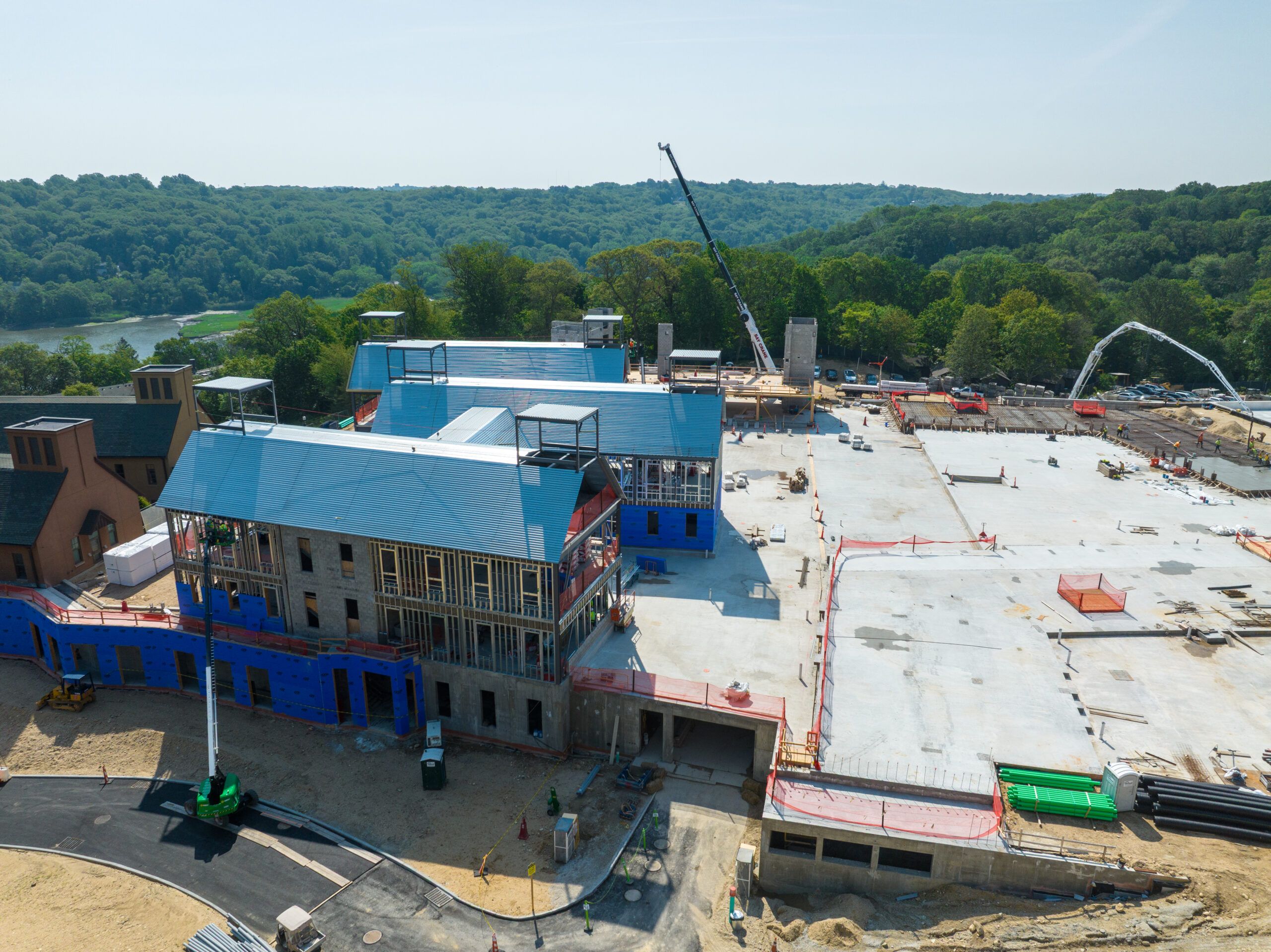Property disputes are a frequent source of tension in Australia, affecting homeowners, tenants, investors, and developers alike. Whether it’s a disagreement over boundaries, issues with co-ownership, or conflicts arising from contracts, these disputes can quickly escalate if not handled properly. Understanding the legal options available can help prevent long, costly battles.
This article breaks down the most common property disputes in Australia and explores the best ways to resolve them, whether through negotiation, mediation, or legal action. If you’re dealing with a dispute, seeking advice from property lawyers in Sydney can clarify your rights and responsibilities and help you take the right steps to protect your interests.
1. Boundary Disputes
How Do Boundary Disputes Start?
Boundary disputes typically arise when neighbors disagree over property lines. This could be due to unclear land surveys, encroachments (such as a fence or driveway extending into a neighbor’s land), or misunderstandings about legal property boundaries.
How to Resolve Them
- Check the property title and survey reports. The first step is to review official documents that define the property’s boundaries.
- Discuss the issue with your neighbor. Many disputes are based on miscommunication, and a simple conversation can often resolve the issue.
- Hire a licensed surveyor. If the boundaries remain unclear, a professional surveyor can determine the exact lines.
- Seek mediation. If the dispute continues, mediation can help both parties find a compromise without taking legal action.
- Legal action as a last resort. If all else fails, a court can determine the boundary and issue an order to rectify any encroachments.
2. Fencing Disputes
What Causes Fencing Disputes?
Disagreements about fences are common, usually regarding:
- Who pays for installation or repairs
- The type and height of the fence
- Whether the fence sits on the correct boundary
Resolving Fencing Disputes
- Follow local fencing laws. Each state has its own rules regarding shared fences, including cost-sharing obligations.
- Discuss with your neighbor. Open communication can prevent misunderstandings.
- Issue a Fencing Notice. If an agreement isn’t reached, a formal notice outlining the proposed work and costs can be sent to your neighbor.
- Mediation or court action. If disputes persist, mediation can help. If unresolved, a magistrate can make a ruling based on local fencing laws.
3. Co-Ownership Disputes
What Triggers Co-Ownership Conflicts?
Co-owning a property with family, friends, or business partners can lead to disputes about:
- How costs and responsibilities are shared
- What happens when one owner wants to sell
- Disagreements on property use or maintenance
Resolving Co-Ownership Disputes
- Refer to a co-ownership agreement. A well-drafted agreement outlines each party’s rights and obligations, reducing conflicts.
- Negotiate a buyout. If one party wants out, a fair buyout can prevent disputes.
- Sell the property. If no agreement can be reached, selling and splitting the proceeds is an option.
- Court intervention. A court may order a forced sale or determine the division of the property if owners cannot agree.
4. Tenant and Landlord Disputes
Common Reasons for Disputes
Conflicts between landlords and tenants often involve:
- Rental arrears (missed payments)
- Property damage and repairs
- Lease agreement breaches
- Bond disputes
Steps to Resolve Tenant-Landlord Disputes
- Check the lease agreement. The terms of the lease dictate most responsibilities and should be the first point of reference.
- Communicate directly. Many issues can be resolved through a simple discussion.
- Use state-based tenancy dispute resolution services. Each Australian state has a tribunal or authority that handles rental disputes.
- Legal action as a last resort. If an agreement isn’t reached, landlords or tenants can take the matter to a tribunal or court.
5. Building and Construction Disputes
Why Do These Disputes Occur?
Issues often arise between property owners and builders due to:
- Poor workmanship
- Delays in construction
- Breaches of contract
- Payment disputes
Resolving Building Disputes
- Refer to the contract. A building contract should outline timelines, costs, and quality expectations.
- Negotiate with the builder. Many disputes can be resolved through discussion.
- Lodge a complaint with a building authority. Each state has a building commission that can handle disputes.
- Seek legal advice. If the dispute escalates, legal action may be necessary.
6. Strata Disputes
Common Causes of Strata Disagreements
Strata properties (apartments, townhouses) often involve disputes between:
- Owners and the strata committee
- Neighbors within a shared complex
- Owners and building managers
Disputes may involve:
- Maintenance responsibilities
- By-law breaches
- Noise complaints
- Disagreements over strata fees
How to Resolve Strata Conflicts
- Refer to the strata by-laws. These rules dictate owners’ and tenants’ rights.
- Raise issues with the strata committee. Many disputes can be settled internally.
- Use mediation services. If discussions fail, mediation can help find a resolution.
- File a claim with a tribunal. If no resolution is reached, an application can be made to the relevant state tribunal.
7. Contractual Disputes in Property Transactions
What Causes Contract Disputes?
Real estate contracts are legally binding, but disputes can arise due to:
- Breaches of contract (e.g., failing to settle on time)
- Misrepresentation by the seller
- Issues with deposits or payments
How to Resolve Contractual Property Disputes
- Review the contract terms. The agreement outlines rights and obligations.
- Negotiate a settlement. Both parties can often resolve issues through discussion.
- Use dispute resolution services. Some contracts include clauses requiring mediation before legal action.
- Seek legal advice. A property lawyer can help determine the best course of action.
8. Adverse Possession Claims
What Is Adverse Possession?
Adverse possession allows a person to claim ownership of land if they have occupied it for a certain period (usually 12 to 15 years in Australia) without the legal owner’s permission.
Resolving Adverse Possession Disputes
- Gather property records. The legal owner should check title deeds and survey records.
- Engage a surveyor. If boundaries are unclear, a surveyor can help establish the legal position.
- Negotiate with the claimant. If an agreement is possible, it may prevent lengthy legal battles.
- Apply to the court. If the dispute cannot be resolved, legal action may be required.
Final Thoughts
Property disputes can be frustrating and costly if left unresolved. Whether the issue involves boundaries, co-ownership, tenancy, or contracts, taking a proactive approach can save time and stress. Open communication, mediation, and professional legal advice are often the best ways to resolve conflicts without escalating them further.
If you’re facing a property dispute, understanding your legal options can make all the difference. Seeking guidance from experienced professionals can help protect your interests and ensure a fair outcome.











